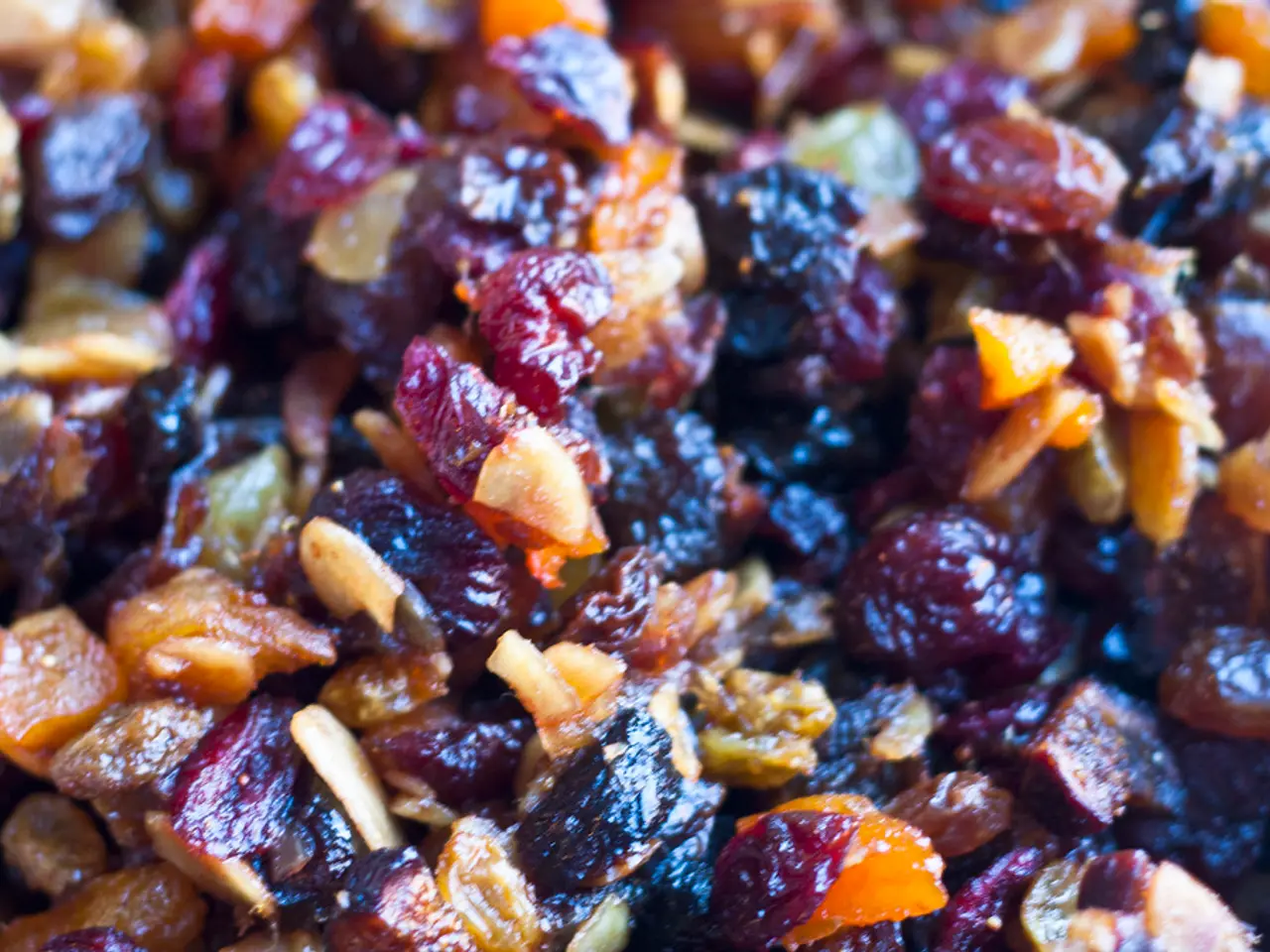Expanded Market Reach for Clean Label Food Ingredients Exceeding USD 89.5 Billion
The Global Clean Label Food Ingredients Market is on an upward trajectory, with a projected Compound Annual Growth Rate (CAGR) of approximately 10.4% from 2025 to 2029, reaching an estimated market value of $83.94 billion by 2029 [1].
This growth is driven by consumer demand for transparency, natural and organic products, and clean eating trends. The market focus is on ingredients used in clean label food products, distinct from related markets such as fortified ingredients or natural ingredients in processed foods [2][3].
In 2024, the powder form dominated the market, holding a commanding 56.2% share [1]. North America continues to lead the global clean label food ingredients market, accounting for approximately 49.40% of the total share, with North America alone contributing about USD 23.5 billion of the market value [1]. Europe follows as a well-established market, supported by robust regulations and high levels of consumer awareness.
Notable developments in the market include ADM's launch of Naturally Simple Colors, a line of natural colorants designed for clean-label applications in various food products. DSM-Firmenich partnered with Meala FoodTech to introduce Vertis PB Pea, a clean-label pea-based texturizer designed to replace complex binders in plant-based meat alternatives. Ingredion has expanded its clean-label portfolio with Sustagrain NOVATION® Pulse, a plant-based starch ingredient delivering fiber and protein [1].
The Asia-Pacific region is gaining momentum, fueled by rising disposable income, urbanization, and increased attention to food quality and nutrition. Key players in the region are collaborating with biotech firms to develop innovative solutions, such as Ajinomoto Co. Inc.'s collaboration with Shiru to develop novel sweet proteins to replace sugar in beverages [1].
The clean label food ingredients market is heavily skewed towards plant-based sources, with plant-derived ingredients holding a majority share of 62.3% in 2024 [1]. Natural flavors stand out with a 23.6% share in the various ingredient types [1].
The global food industry is shifting towards greater authenticity, simplicity, and sustainability due to evolving consumer preferences, regulatory support, and industry innovation. This shift is evident at events such as Food Ingredients Europe 2024, where Cargill launched a new suite of sustainable ingredient innovations for various applications [1].
Latin America and the Middle East & Africa are emerging markets, where interest in wellness and healthier eating habits is gradually increasing [1]. As these regions continue to develop, they are expected to contribute significantly to the growth of the global clean label food ingredients market.
[1] Market Research Report on Global Clean Label Food Ingredients Market
[2] Market Research Report on Global Fortified Food Ingredients Market
[3] Market Research Report on Global Natural Ingredients Market in Food and Beverages
In the thriving global food industry, businesses are focusing on clean label food ingredients, as seen in the Global Clean Label Food Ingredients Market's projected growth from 2025 to 2029, with a significant portion of this market revolving around finance and business deals, such as product launches and collaborations, aimed at delivering natural and sustainable ingredient solutions. As consumer demand for transparency and clean eating continues to rise, the finance sector plays a crucial role in funding these innovations, particularly in emerging markets like Latin America and the Middle East & Africa.




